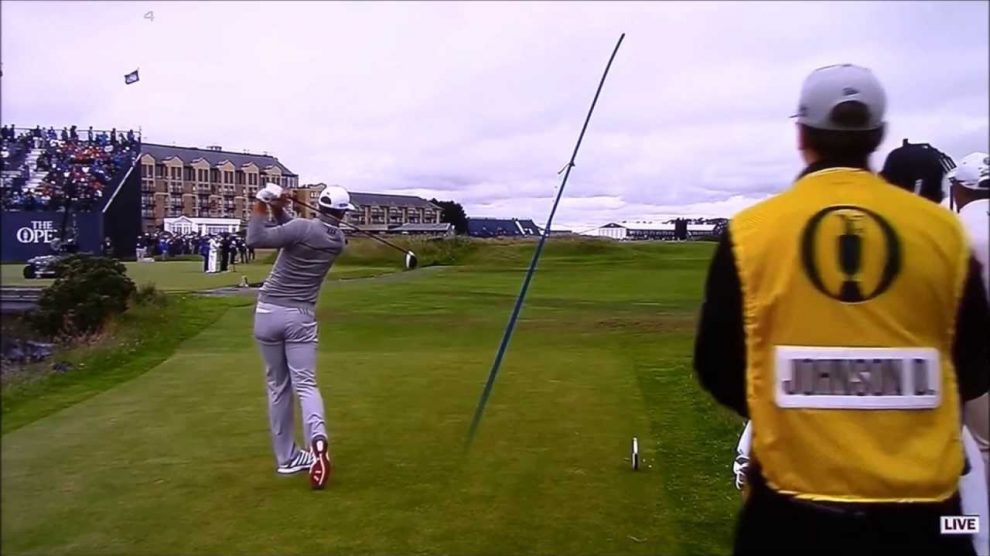As it turns out, golf is guided by the laws of physics. Until the advent of the launch monitor, however, a large segment of golf viewed shotmaking as a voodoo art form that was more rooted in imagination than scientific reality.
Now, we know better. And we know why the golf ball travels the way that it does, on every single shot, because of ball flight laws. Ball flight laws tell us how a golf shot will be shaped -- laterally, or right to left, at least -- based on two simple factors: where the club face is pointing relative to both the target and the swing path at impact.
Those two things will tell you most everything you need to know about how a shot will be shaped, laterally speaking.
So, what are golf ball flight laws and what kinds of shot shapes are produced? To make it somewhat simple to categorize, there are really nine different types of shots.
Golf ball flight laws: 9 types of shots
- Pull hook/draw: In this case, the club path is that of an outside-to-in swing, meaning the face is left of the target. Further, the club head is closed relative to the path, sending it farther left.
- Pull: The pull is a shot that occurs when an outside-to-in swing is made, meaning the path is left of the intended target. However, the club face is square relative to the path, meaning that the ball will flight straight down the path, which is to the left of the intended target.
- Pull slice: The pull slice is a popular, unintentional way for golfers to cut the ball, particularly with the driver. The outside-to-in swing sees the club path going to the left of the target. The club face, however, is open relative to the club path, meaning that the ball starts left before sidespin takes over and the ball sails right -- typically killing distance and missing the target.
- Hook/mild draw: The hook is a common shot problem, particularly for tall golfers. The golfer's club face hits the ball square to the target, but the club face is closed relative to the path, which is to the right of the target. The ball starts right and comes back left.
- Straight: This is the rare one. The club face makes contact with the ball at the intended target line, and the club face is square relative to the path. The dreaded straight ball.
- Slice/mild fade: The slice -- or, more common, the fade -- happens when the club face is square to the target at impact, but it's open relative to the swing path. In other words, the swing path is to the left of the intended target, and the face is open relative to it. The ball starts a little left or on target, then goes right.
- Push hook/draw: The push draw happens when a swing is made on a path to the right of the target, but the club face makes impact closed relative to that path. It means the ball starts right -- maybe way right -- and then draws in toward the target.
- Push: The push is the opposite of the pull. This happens when an inside-to-outside swing is made, meaning the path is to the right of the target. However, the club face is square relative to that path, meaning the ball will start to the right of the target and stay straight on that path.
- Push slice: The pull hook and the push slice are in competition for the worst shots in golf that don't end in -hank. The push slice happens when an inside-to-outside swing is made and the club path is to the right of the target. Worse, the club face is open relative to that target, meaning the ball starts right and goes even farther right. Usually in a yard.
Alright, now we now what the ball flight laws are. So, how can they help your game? Knowing ball flight laws should go a long way in helping you feel more comfortable with shaping shots on the course. Now you know there isn't some magic to hitting a draw around that tree or fading it high into a par 3. You just need to know your intended swing path and where your club face needs to be pointing relative to it. If you swing with confidence and competence, then you'll make contact with the belief that your ball is going to go relatively close to how you want. That's powerful.
Now you can hit a hook or a slice on command. You can hone in on the baby draw and the baby fade. You can play with more confidence in the wind or on tricky holes. Knowledge is key.

